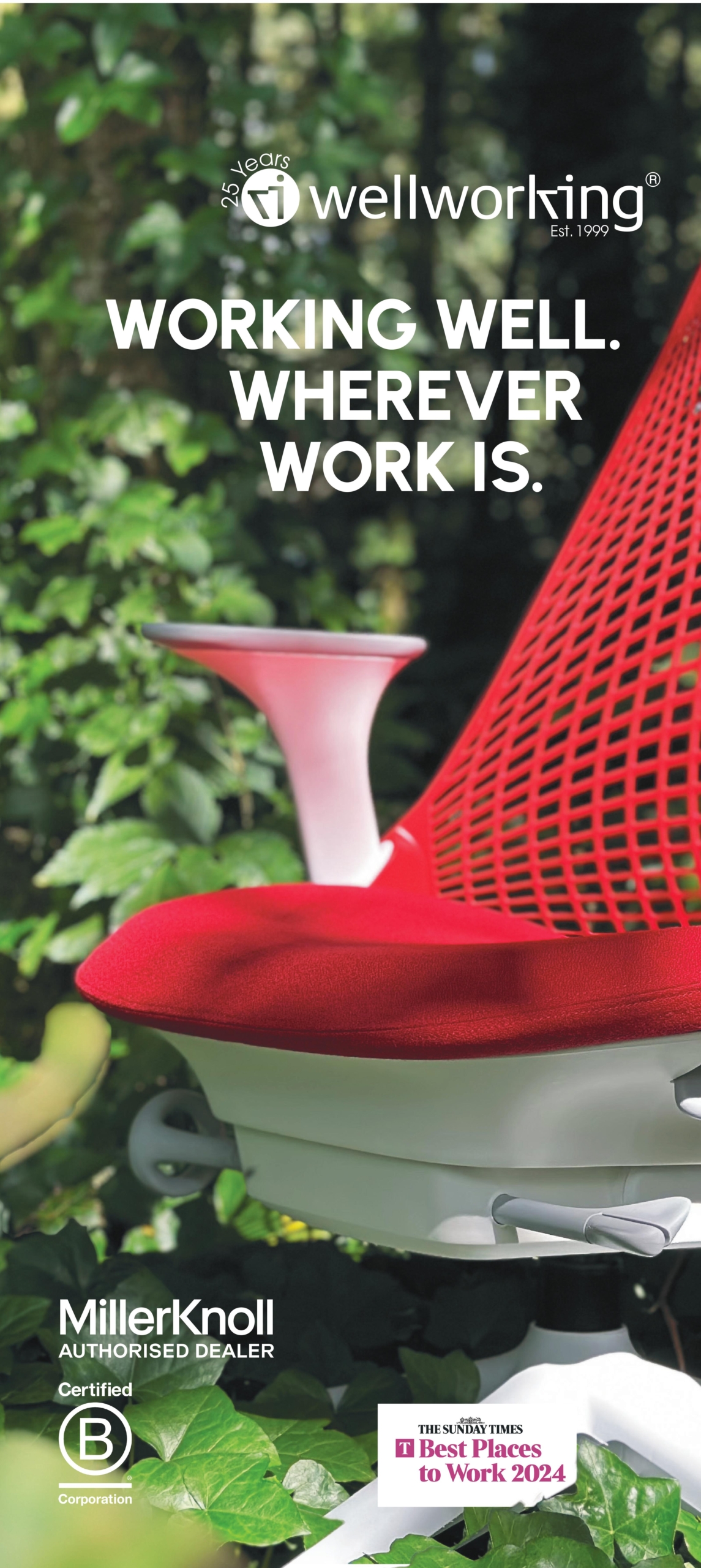To provide the best experiences, we use technologies like cookies to store and/or access device information. Consenting to these technologies will allow us to process data such as browsing behaviour or unique IDs on this site. Not consenting or withdrawing consent, may adversely affect certain features and functions.
The technical storage or access is strictly necessary for the legitimate purpose of enabling the use of a specific service explicitly requested by the subscriber or user, or for the sole purpose of carrying out the transmission of a communication over an electronic communications network.
The technical storage or access is necessary for the legitimate purpose of storing preferences that are not requested by the subscriber or user.
The technical storage or access that is used exclusively for statistical purposes.
The technical storage or access that is used exclusively for anonymous statistical purposes. Without a subpoena, voluntary compliance on the part of your Internet Service Provider, or additional records from a third party, information stored or retrieved for this purpose alone cannot usually be used to identify you.
The technical storage or access is required to create user profiles to send advertising, or to track the user on a website or across several websites for similar marketing purposes.
 As news emerged over the weekend from Silicon Valley that Yahoo had introduced a new policy that insisted employees work from the company’s HQ, a survey from O2 in the UK highlighted just how many firms are not as keen on the practice of flexible working as they might claim in theory. The question we need to ask is whether this represents a genuine shift away from the assumption that we are moving towards more agile working practices, or is this just the last knockings of the old guard?
As news emerged over the weekend from Silicon Valley that Yahoo had introduced a new policy that insisted employees work from the company’s HQ, a survey from O2 in the UK highlighted just how many firms are not as keen on the practice of flexible working as they might claim in theory. The question we need to ask is whether this represents a genuine shift away from the assumption that we are moving towards more agile working practices, or is this just the last knockings of the old guard?























February 25, 2013
Are you working or shirking from home?
by Sara Bean • Comment, Legal news, Technology, Workplace
During recent weather-related travel disruption, I was inundated with various pieces of information on software that spies on home based employees to check that they really are working, not shirking from home. As Acas opens a consultation on a draft Code of Practice regarding the extended right to request flexible working; and figures from the Office of National Statistics (ONS) show the number of people working from home in the UK has risen to over 10 per cent – the advent of these systems begs the question: do employers really trust their staff enough to let them work remotely?
More →